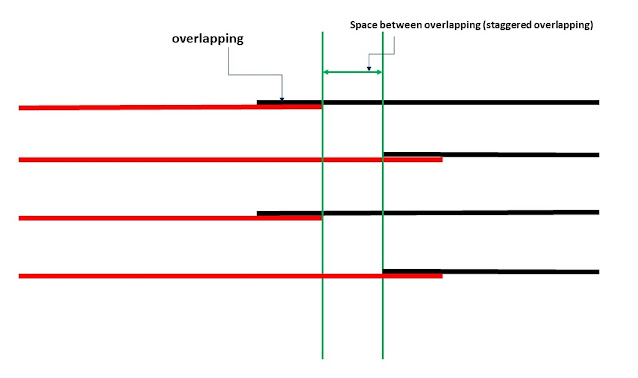concrete workability

Concrete workability refers to the ease with which concrete can be mixed, placed, and compacted while maintaining uniformity and homogeneity. Several factors influence concrete workability, including water-cement ratio, aggregate properties, and the use of admixtures. construction management: concrete construction bridge construction:How to become a bridge engineer Factors affecting workability 1. Water-Cement Ratio (W/C): Increasing the water-cement ratio improves workability but reduces the strength of the concrete mix. A higher W/C ratio also increases permeability, compromising durability and strength. Conversely, using too little water may result in incomplete cement hydration, leading to a loss of strength. The typical W/C ratio ranges from 0.35 to 0.40 . 2. Aggregate Size: Larger aggregates have a smaller total surface area, requiring less water for wetting, which improves workability at the same water conte...


















